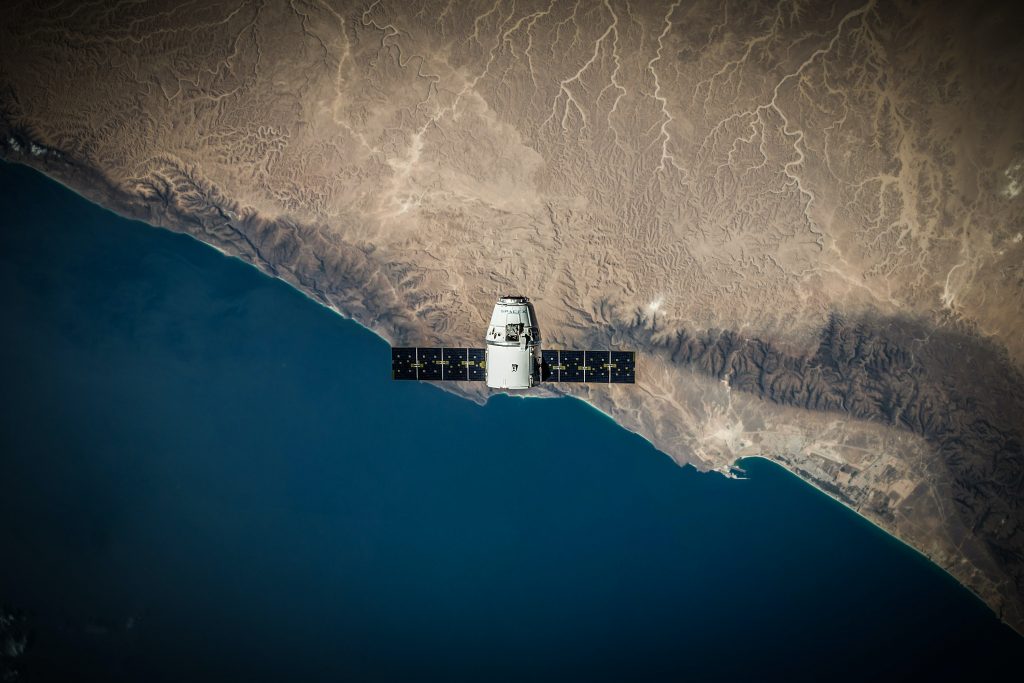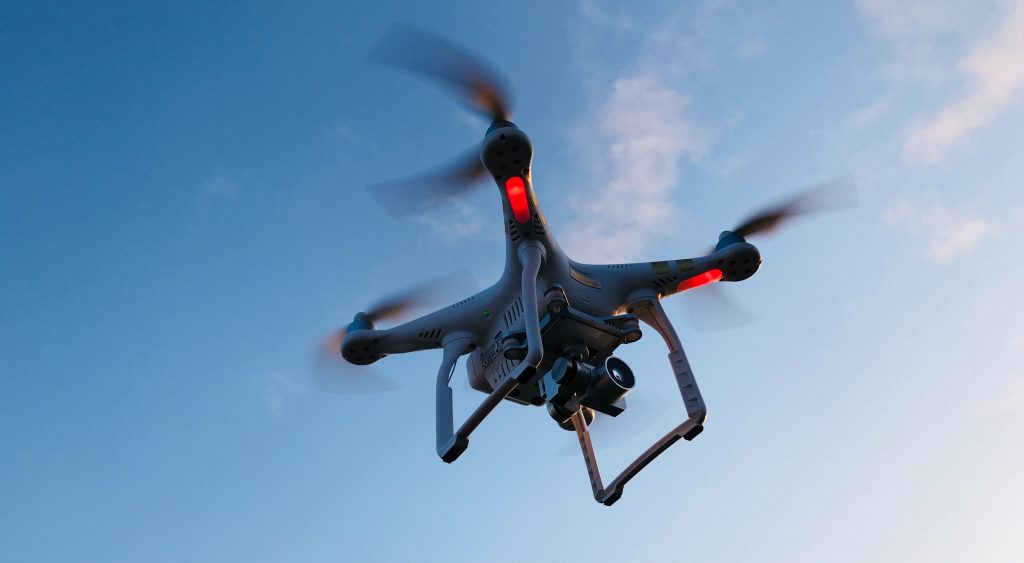Aerospace technology has always pushed the boundaries of innovation, enabling us to explore the skies and beyond. In recent years, the integration of fiber optomechanics has emerged as a transformative force in the aerospace industry.
The marriage of optical fibers with mechanical systems has unlocked new possibilities, enhancing the performance and capabilities of satellites and unmanned aerial vehicles (UAVs). In this blog post, we delve into the fascinating world of fiber optomechanics and how it is revolutionizing aerospace technology.
Before we dive into its aerospace applications, let’s take a look at the fundamentals of fiber optomechanics. Fiber optomechanics involves the integration of optical fibers with mechanical elements to create devices that manipulate light through mechanical motion. This field brings together the precision of optics with the robustness of mechanical engineering, resulting in versatile and highly efficient systems.

Enhancing Satellite Communications
Satellites play a critical role in global communications, broadcasting, and Earth observation. Fiber optomechanics has been instrumental in enhancing satellite communication systems. By using fiber optic links between satellite subsystems, data transfer rates have increased significantly, improving the transmission of large volumes of data from space to the ground. Moreover, fiber-optic gyroscopes (FOGs) have replaced traditional mechanical gyroscopes in some satellites, providing higher accuracy and reliability in attitude control and navigation.
Fiber optomechanics has enabled advancements in space-based sensing technologies. Optical fiber sensors offer exceptional sensitivity to various physical parameters, such as temperature, strain, pressure, and acceleration. These sensors are deployed in satellites for monitoring the health and performance of critical components, ensuring optimal functionality even in harsh space environments.
Precision Optics in UAVs
Unmanned aerial vehicles (UAVs), or drones, are widely used for surveillance, reconnaissance, mapping, and monitoring applications. Fiber optomechanics has transformed UAV imaging systems by integrating precision optics with stabilized platforms. This integration enhances image stability and quality, allowing UAVs to capture clear and accurate data, even during high-speed flight or turbulent conditions.

In UAVs, where weight and space are critical factors, fiber optics provide a lightweight and efficient solution for communication links. Fiber optic data transmission systems offer high bandwidth, low latency, and immunity to electromagnetic interference, making them ideal for real-time data transfer between UAV components and ground stations.
Enabling Quantum Communication in Aerospace
Quantum communication, based on the principles of quantum mechanics, offers unparalleled security and data transfer capabilities. Fiber optomechanics plays a crucial role in quantum communication technologies by enabling the generation, transmission, and detection of quantum states of light through fiber optic channels. These advancements open up new possibilities for secure and ultra-fast data communication in aerospace applications.
Fiber optomechanics is reshaping the aerospace industry, from satellite communication systems to unmanned aerial vehicles. The seamless integration of optical fibers with mechanical systems has led to higher data transmission rates, improved sensing capabilities, and enhanced image stability, revolutionizing the way we explore and utilize space. As research and development in fiber optomechanics continue to progress, we can expect even more innovative applications and further advancements in aerospace technology. With fiber optomechanics at the forefront, the sky is no longer the limit.